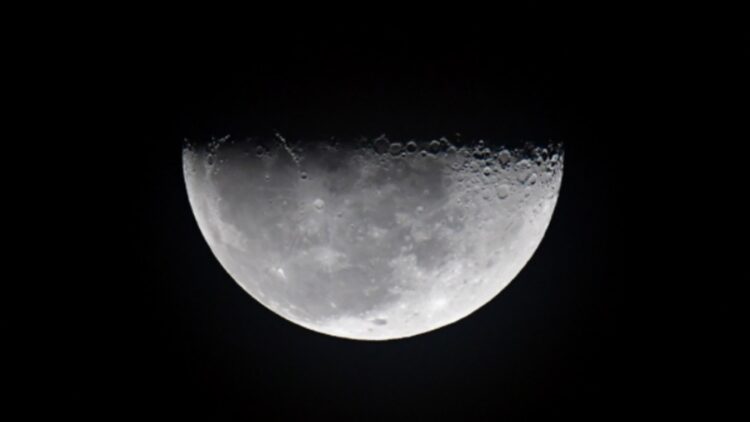Based on a study published in May last year, the Moon’s inner core is indeed a ‘hard ball’. This research aims to provide an understanding of whether the core is solid or molten. In this piece, we also look at why NASA said we never went back to the moon.
NASA on why we never went back to the moon
Looking at the findings as documented in May 2023, the inner part of the moon is similar to an iron and the researchers want to provide a more accurate understanding of the history of our satellite and by extension, that of the Solar System.
“Our results. Question the evolution of the Moon’s magnetic field by demonstrating the existence of its inner core,” wrote a team led by astronomer Arthur Briaud of the French National Center for Scientific Research.
The Telegraph published an article that it is known that the investigation of the internal composition of objects in the Solar System is carried out more effectively through seismic data.
“The way acoustic waves generated by earthquakes move and reflect off material inside a planet or moon can help scientists create a detailed map of the object’s interior,” it reports.
“There is lunar seismic data collected by the Apollo missions, but its resolution is too low to accurately determine the state of the inner core.”
The publication also quotes Science Alert, suggesting that “a liquid outer core is known to exist, but what comprises the core remains unknown.”
What did researchers find after collecting data
To figure it out once and for all, Briaud and his colleagues gathered data from space missions and lunar laser beam experiments to compile a profile of various lunar features.
In this data which includes the rate of its deformation by gravitational interaction with the Earth, they also ran simulations with different nuclear types to find which best matched the observational data.
As reported, they made some interesting findings. The first one is that the models that most resembled what we know about the Moon described active inversion deep within the lunar mantle.
“This means that the denser material inside the Moon falls towards the center and the less dense material rises,” added the publication.
“This activity has long been proposed as a way to explain the presence of certain elements in the Moon’s volcanic regions. The team’s research adds another point to the “pro” list of evidence.
“And they found that the lunar core is very similar to Earth’s – with a liquid outer layer and a solid inner core.”
What did NASA’s team discover
In a detailed report by the aeronautics company, NASA’s team led by Marshall planetary scientist Renee Weber found a similar result in 2011 as they used the latest seismological techniques on Apollo data to study the lunar core.
In their findings, they argue that the outer core has a radius of about 362 kilometers and the inner core has a radius of about 258 kilometers.
The inner core boasts a density of about 7,822 kilograms per cubic meter and this includes finding a solid inner core with a radius of about 240 kilometers and a density of about 8,000 kilograms per cubic meter.
These findings also justify why we never went back to the Moon, with NASA stating that it is because its interior does not have an unknown composition, but could be easily studied.
“We know that not long after it formed, the Moon had a strong magnetic field, which began to disappear about 3.2 billion years ago,” concluded sciencealert.
“Given humanity’s hope to return to the Moon in relatively short order, perhaps we won’t have long to wait for seismic verification of these findings.”

